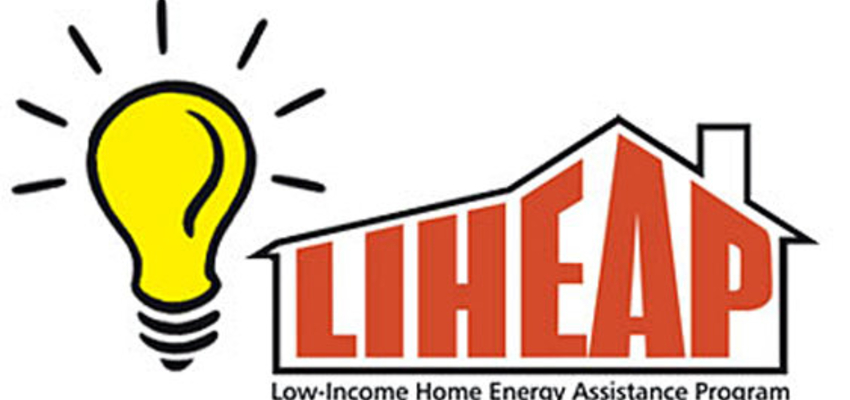A looming crisis grips America as a record number of citizens fall behind on utility bills intensifying with an Arctic blast hitting Massachusetts. The Low Income Home Energy Assistance Program (LIHEAP) faces a potential $2 billion cut in federal funding prompting states like Massachusetts to reduce aid. As Congress delays funding for fiscal year 2024, more than 1.4 million households could lose crucial assistance. The escalating situation reveals a dire need for urgent action to prevent a widespread energy aid shortfall.

Record Debts, Reduced Aid
Amidst the frigid aftermath of an Arctic blast, Citizens for Citizens in Massachusetts struggles to meet rising demand as Low Income Home Energy Assistance Program (LIHEAP) funding faces a $2 billion reduction. Last year’s aid caps of $2,350 for oil heating and $1,550 for electricity or natural gas have dwindled to $1,500 and $1,000, respectively.
With over 21.2 million households owing on electricity bills, Low Income Home Energy Assistance Program (LIHEAP) served 7.1 million households in fiscal year 2023, emphasizing its critical role. Lawmakers recognize the urgency with past injections of billions into LIHEAP. The Biden administration sought an additional $1.6 billion in October.
However, Congress’s delayed funding forces states to assume reduced allocations, risking cuts in benefits and assistance programs. The Merced County Community Action Agency in California turns people away due to decreased LIHEAP funding, a trend echoed in struggling processing and increased applications across the nation.
READ ALSO: Distribution of Food Stamps in Colorado – Up to $1,751 for Low-Income Residents
Strain on Vulnerable Communities
The Merced County agency expects to assist fewer than 3,000 people with $1 million in Low Income Home Energy Assistance Program (LIHEAP) funding, down from over 7,000 aided last year. Focused on vulnerable households the agency turns away those who don’t meet specific criteria leaving many in crisis without assistance.
Community Options North Dakota faces doubled applications, highlighting the urgency. The deep freeze in January exacerbates the situation with individuals grappling with past due amounts reaching thousands of dollars emphasizing the urgent need for additional funding.




